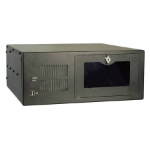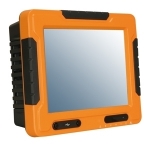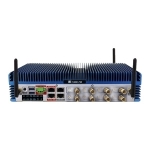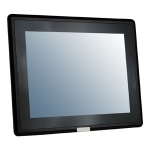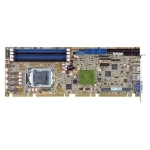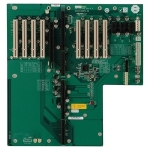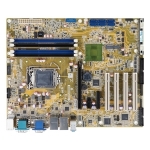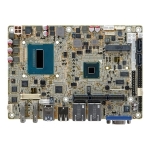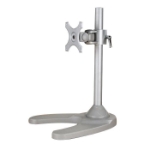A resistive touch screen panel comprises several layers, the most important of which are two thin, transparent electrically-resistive layers separated by a thin space. These layers face each other, with a thin gap between. The top screen (the screen that is touched) has a coating on the underside surface of the screen. Just beneath it is a similar resistive layer on top of its substrate. One layer has conductive connections along its sides, the other along top and bottom. A voltage is passed through one layer, and sensed at the other. When an object, such as a fingertip or stylus tip, presses down on the outer surface, the two layers touch to become connected at that point: The panel then behaves as a pair of voltage dividers, one axis at a time. By rapidly switching between each layer, the position of a pressure on the screen can be read.
Resistive touch is used in restaurants, factories and hospitals due to its high resistance to liquids and contaminants. A major benefit of resistive touch technology is its low cost. Disadvantages include the need to press down and a risk of damage by sharp objects. Resistive touch screens also suffer from poorer contrast, due to having additional reflections from the extra layer of material placed over the screen.

